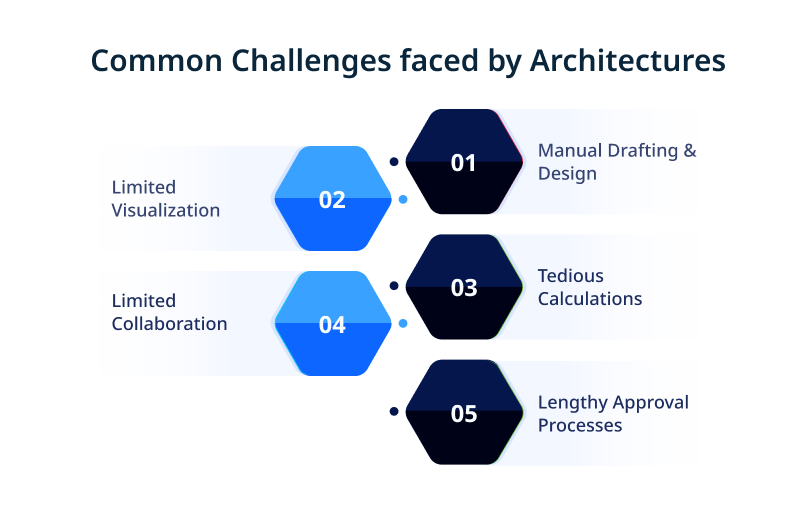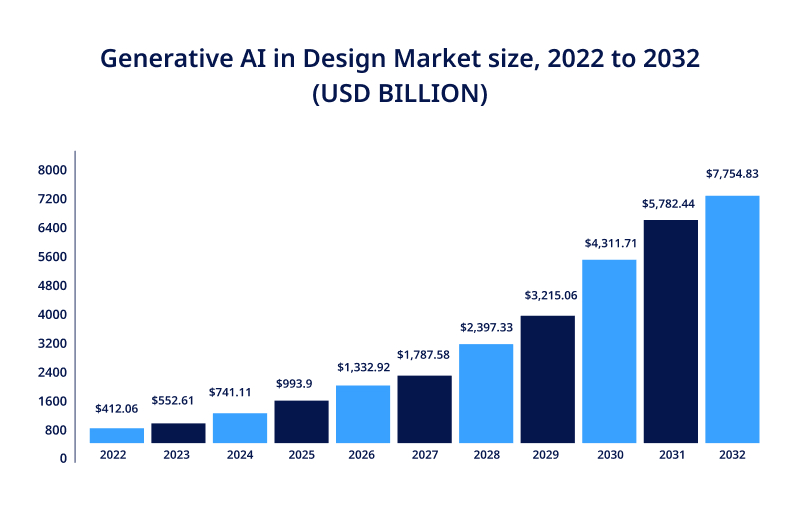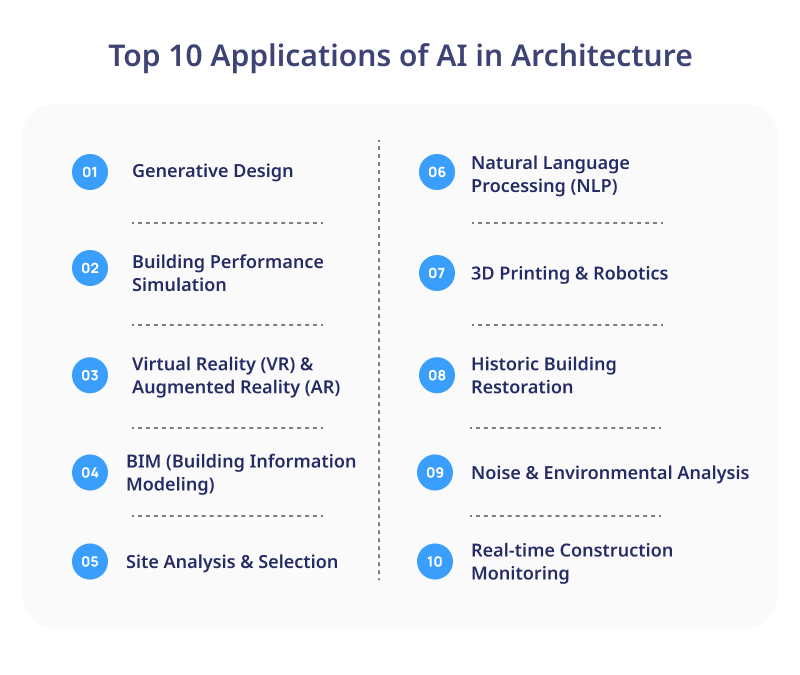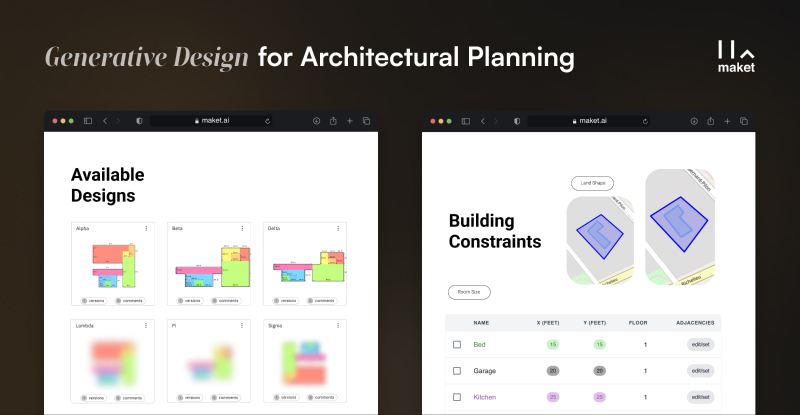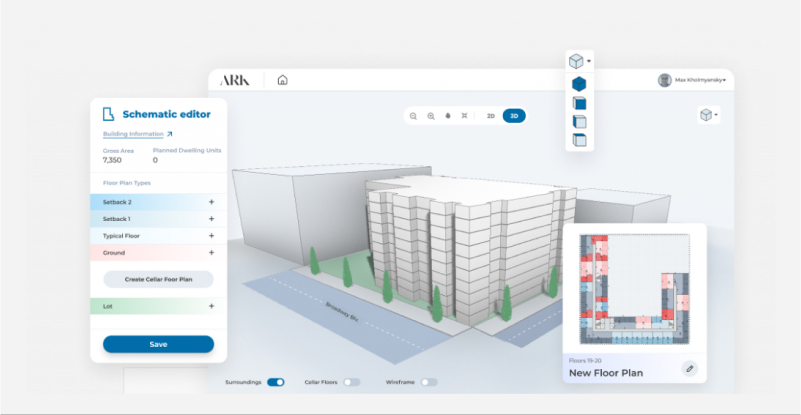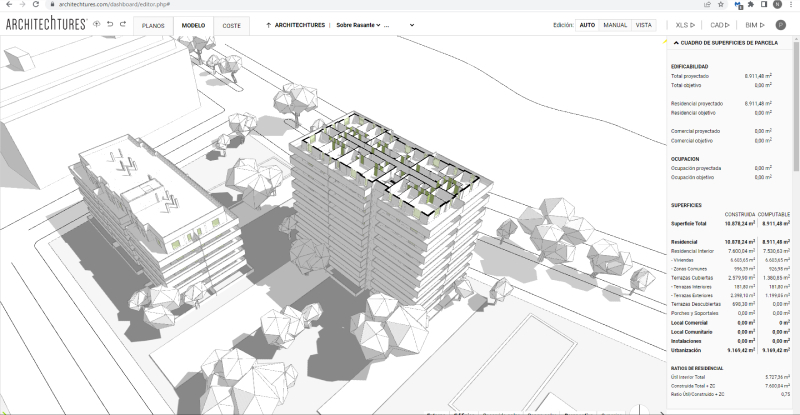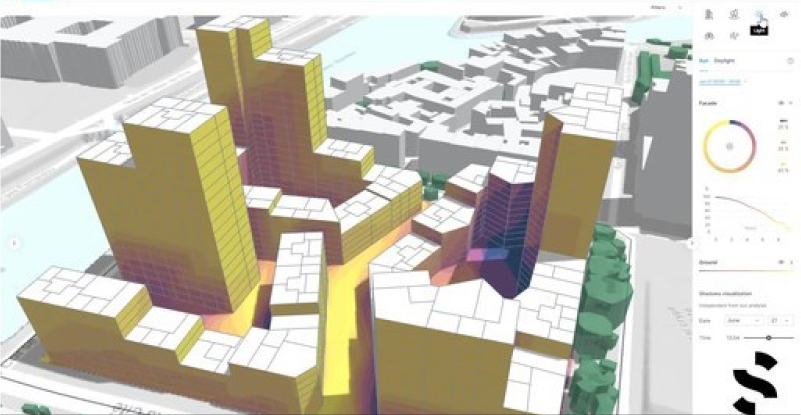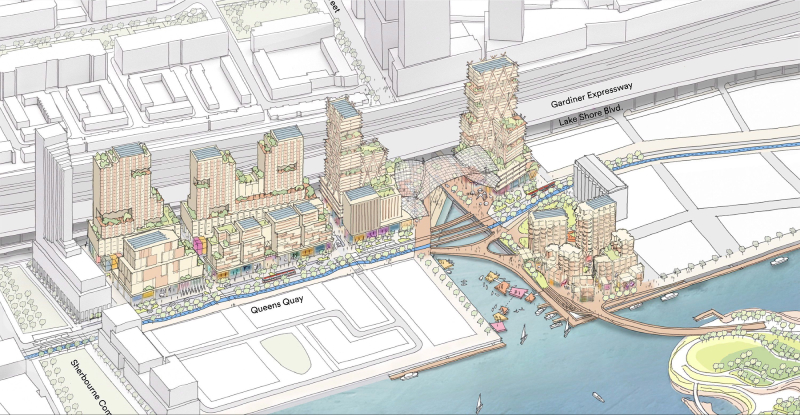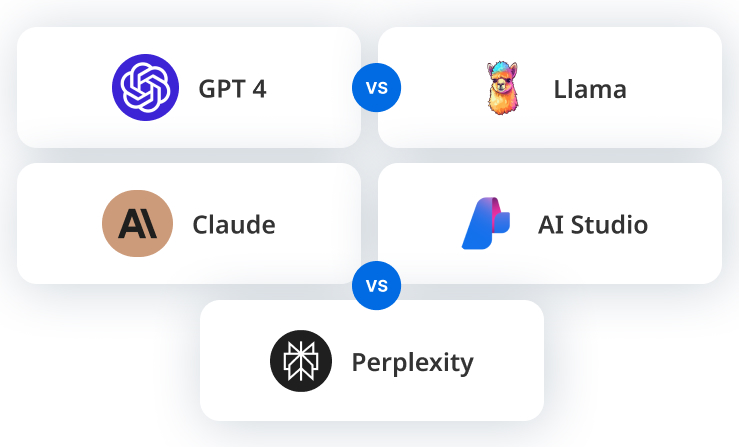As the architecture industry evolves, it faces both exciting opportunities and crucial challenges. Artificial Intelligence, with its ability to crunch vast data sets, optimize designs, and streamline workflows, is revolutionizing architecture in unimaginable ways.
The importance of AI in architecture lies in its ability to optimize design processes and enhance sustainability while pushing the boundaries of creative innovation.
In this web blog, we embark on a captivating journey of integrating AI in architecture industry.
We will explore the ten most compelling applications of AI and introduce you to the leading technologies shaping this transformative landscape.
Table of Contents
Architecture Industry before AI
In the past, the architecture industry relied heavily on manual processes and traditional methodologies. Designing and constructing buildings demanded painstaking efforts in terms of time and resources.
Let us step back in time and explore how the architectural landscape looked before AI stepped onto the scene.
Manual Drafting & Design
Before AI, architects were meticulous artisans, wielding pens, pencils, and rulers to draft designs on paper meticulously.
The architectural draftsman’s table was a sanctuary where every line and angle was carefully plotted. This painstaking process was not only time-consuming but also prone to errors.
Architects at the famous Fallingwater house, designed by Frank Lloyd Wright, meticulously hand-drafted every detail, showcasing the craftsmanship required without AI.
Limited Visualization
Creating 3D visualizations of architectural designs was an arduous task. Architects relied on physical models or 2D drawings to convey their visions to clients.
Clients often struggled to visualize the final product, leading to misunderstandings and revisions.
The Guggenheim Museum in Bilbao, designed by Frank Gehry, required extensive manual modeling to transform the abstract design into reality.
Tedious Calculations
Architects and engineers performed complex calculations manually. Every aspect of a building’s construction was subject to human calculation, from structural stability to material quantities.
The process not only consumed time but also carried the risk of errors.
The construction of the Burj Khalifa in Dubai involved intricate calculations to ensure its structural integrity, all done manually.
Limited Collaboration
Collaboration among architects, engineers, and construction teams often involved physical meetings and paper-based documentation. It hindered efficient information exchange and real-time decision-making.
The Sydney Opera House project faced communication challenges due to limited collaboration tools, leading to delays and cost overruns.
Explore our consulting services for an innovative approach to your projects.
Lengthy Approval Processes
Obtaining approvals and permits from regulatory authorities was a time-consuming ordeal. Architects had to navigate through piles of paperwork, slowing down project timelines.
The construction of the Empire State Building in New York City faced bureaucratic delays due to lengthy approval processes.
Emergence of AI in Architecture
In the ever-evolving realm of architecture, Artificial Intelligence (AI) integration has ushered in a transformative era. The statistics underscore the significance of this groundbreaking evolution:
- According to American Institute of Architects (AIA), over 90% of architects believe that AI technologies have the potential to reshape the architectural landscape.
- The global generative AI in design market was valued at $412.06 million in 2022 and is projected to reach $7,754.83 million by 2032, with a remarkable CAGR of 34.11% during 2023-2032.
- The adoption of AI-powered tools in architectural firms has surged, with 64% of firms incorporating AI-driven solutions into their workflows.
The importance of AI in architecture is not just a trend; it is a revolution, opening doors to many innovative applications. Here are some compelling areas where AI is making its mark:
- Design Optimization
- Generative Design
- Site Analysis
- Building Performance Simulation
- Virtual Reality (VR) and Augmented Reality (AR)
- Natural Language Processing (NLP)
- Project Management
- Sustainability
- Historic Preservation
- Smart Buildings
Top 10 AI Applications in Architecture
AI is revolutionizing the field of architecture with its ability to streamline processes, enhance design capabilities, and optimize construction.
Here are the top 10 AI applications that are reshaping the architectural landscape:
Generative Design
Design Optimization: AI algorithms can generate numerous design options based on specified parameters, helping architects discover the most efficient and aesthetically pleasing solutions.
Resource Efficiency: AI-driven generative design considers materials, structural integrity, and energy efficiency to create sustainable architectural designs.
Time Savings: Architects can rapidly explore design alternatives, reducing the time required for concept development.
Autodesk’s generative design tools were used by architectural firm Skidmore, Owings & Merrill (SOM) to create the innovative design for the Beijing Greenland Center.
AI-generated design options helped optimize the skyscraper’s structural integrity and energy efficiency.
Learn how PixelCrayons can streamline your workflow and enhance productivity.
Building Performance Simulation
Energy Efficiency: AI models simulate building performance, optimizing HVAC systems and lighting to minimize energy consumption.
Environmental Impact: Architects can assess the environmental footprint of a structure and make informed decisions to reduce its impact.
Cost Prediction: AI-driven simulations provide accurate cost estimates, helping architects stay within budget constraints.
The Seattle-based architecture firm NBBJ employed AI-based building performance simulations to design the Amazon Spheres.
These spherical structures maximize natural light and energy efficiency, creating a harmonious workspace for Amazon employees.
Virtual Reality (VR) & Augmented Reality (AR)
Immersive Design Reviews: Architects use VR and AR to immerse themselves and clients in 3D models, facilitating real-time design reviews.
Client Engagement: These technologies enhance client engagement by allowing them to visualize the final product before construction begins.
On-Site Assistance: AR aids construction workers with real-time data overlays, ensuring accurate execution of architectural plans.
Zaha Hadid Architects utilizes AR and VR technologies to engage clients in immersive design reviews.
Clients can virtually walk through buildings like the Beijing Daxing International Airport, gaining a deeper understanding of the design before construction begins.
BIM (Building Information Modeling)
Data Integration: AI-powered BIM systems enable seamless integration of architectural, structural, and MEP data, ensuring collaboration and coordination.
Clash Detection: AI identifies clashes and conflicts in building designs, reducing errors and rework during construction.
Lifecycle Management: BIM and AI facilitate ongoing building maintenance and management through predictive analytics.
Gensler, a global design and architecture firm, used AI-powered BIM to collaborate on the design of the Shanghai Tower.
BIM enabled seamless coordination among the international team members, successfully constructing the world’s second-tallest building.
Site Analysis & Selection
Data-driven Decisions: AI algorithms analyze various factors, such as environmental conditions, transportation accessibility, and land value, to assist architects in selecting optimal building sites.
Risk Mitigation: AI predicts potential risks, such as flooding or soil instability, allowing architects to design structures that can withstand challenges.
Urban Planning: AI aids urban planning by optimizing land use and infrastructure development.
AI played a vital role in developing Toronto’s waterfront community, Quayside.
Sidewalk Labs, an Alphabet subsidiary, utilized AI algorithms to analyze various factors and design an urban environment that prioritizes sustainability and livability.
Natural Language Processing (NLP)
Design Brief Interpretation: NLP algorithms extract critical information from design briefs and client communication, ensuring architects understand client needs.
Design Documentation: AI-driven NLP automates the generation of architectural documentation, saving time and reducing errors.
Knowledge Sharing: NLP-based chatbots assist architects in accessing relevant design knowledge and resources.
Architectural firm NBBJ uses NLP-based chatbots to assist employees in accessing design knowledge and resources efficiently.
This streamlines design documentation and enhances internal communication.
3D Printing & Robotics
Prototyping: AI-controlled 3D printers can rapidly produce architectural prototypes, enabling quick design validation.
Construction Automation: Robots with AI algorithms can automate tasks like bricklaying and concrete pouring, increasing construction efficiency.
Complex Structures: AI-guided 3D printing and robotics can construct intricate and customized architectural elements.
Dutch company MX3D employs AI-controlled 3D printing robots to construct a steel pedestrian bridge in Amsterdam.
This innovative approach showcases the potential for AI to create complex architectural structures.
See how our expertise can transform your concepts into stunning, realistic visuals.
Historic Building Restoration
Material Analysis: AI analyzes historic building materials to recommend restoration methods that preserve authenticity.
Damage Assessment: AI assesses structural damage and provides insights into necessary repairs.
Virtual Reconstruction: AI helps recreate missing architectural elements through historical data analysis.
The restoration of the Notre-Dame Cathedral in Paris leveraged AI to analyze historical data and architectural plans.
AI-guided restoration efforts aim to preserve the cathedral’s rich heritage.
Noise & Environmental Analysis
Acoustic Design: AI assesses noise levels within buildings and suggests acoustic design improvements.
Urban Planning: AI analyzes urban noise pollution patterns to inform architectural decisions for noise-sensitive spaces.
Sustainability: AI evaluates environmental factors like air quality and microclimates to design sustainable, healthy spaces.
In the planning of the King’s Cross development in London, AI was used to analyze environmental factors.
It contributed to the creation of a sustainable and noise-conscious urban space.
Real-time Construction Monitoring
Progress Tracking: AI-based sensors and cameras monitor construction progress, helping architects ensure projects stay on schedule.
Quality Control: AI detects construction defects and deviations from architectural plans in real time, facilitating immediate corrective actions.
Safety Enhancement: AI monitors construction site safety, alerting teams to potential hazards.
Construction giant Skanska utilizes AI-powered cameras and sensors to monitor construction sites in real time.
This technology improves progress tracking, quality control, and safety on construction projects worldwide.
Leading AI Technologies in Architecture
AI has emerged as a powerful ally, revolutionizing how architects and designers approach their craft. Let us delve into some of the cutting-edge AI technologies that are making waves in the architecture industry:
1) Maket.ai – Transforming Concepts into Reality
Maket.ai is all about turning visionary ideas into tangible designs. Using AI, it brings concepts to life with stunning visualizations and 3D models.
Architects and clients can explore spaces virtually before a single brick is laid, fostering collaboration and informed decision-making.
2) Arkdesign.ai – Your Design Partner
Arkdesign.ai is like having an AI design partner. It assists architects by generating design options based on parameters and preferences.
With Arkdesign.ai, architects can quickly explore multiple design iterations, saving time and enabling creative exploration.
3) ARCHITEChTURES – Data-Driven Insights
ARCHITEChTURES is at the forefront of harnessing AI for data-driven insights.
Analyzing vast datasets helps architects identify trends, optimize designs for energy efficiency, and make informed choices in building materials and layouts.
4) DALL-E 2 – Imaginative Renderings
DALL-E 2 takes architectural visualization to the next level. This AI model, developed by OpenAI, generates stunning and imaginative renderings based on textual descriptions.
It is a boon for architects looking to convey their ideas vividly to clients and stakeholders.
5) Midjourney – Generative Design Mastery
Midjourney is a pioneer in generative design. Using AI, it explores countless design permutations to find the most efficient and innovative solutions.
Architects can leverage Midjourney’s capabilities to optimize structures for cost, materials, and sustainability.
6) Spacemaker – Space Optimization Guru
Spacemaker excels in optimizing space utilization.
Employing AI algorithms helps architects find the best use of available space while considering factors like sunlight, airflow, and user preferences. It is a game-changer for urban planning and real estate development.
7) Sidewalklabs.com – Urban Planning Reinvented
Sidewalklabs.com, an Alphabet subsidiary, reimagines urban planning with AI. It focuses on creating smarter, more sustainable cities by integrating technology and data analytics.
From optimizing traffic flow to reducing energy consumption, this AI-driven approach is shaping future cities.
Our AI experts are ready to guide you.
To Conclude
From envisioning designs in immersive 3D to optimizing space utilization, these AI tools amplify architects’ abilities and foster sustainable, efficient, and awe-inspiring structures.
As technology evolves, the possibilities are boundless, promising a future where architectural marvels are limited only by the bounds of imagination.
At PixelCrayons, we recognize the profound impact of AI in architecture. Our team, including experienced AI developers, is dedicated to harnessing these cutting-edge technologies to deliver innovative solutions tailored to your architectural needs.
If you’re looking to enhance your projects with AI, you can hire AI developers from our team to ensure you stay on the forefront of architectural innovation.

